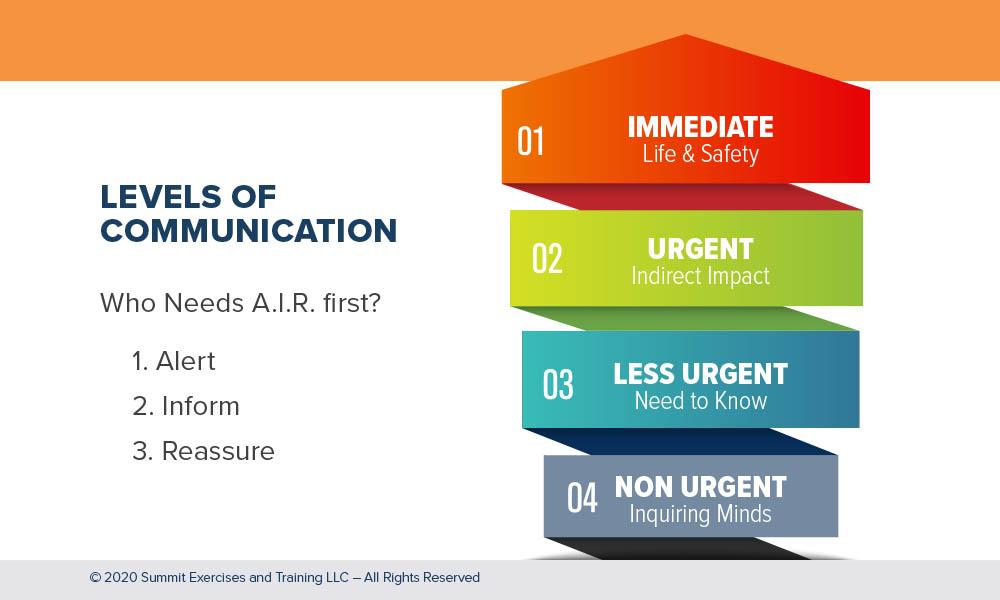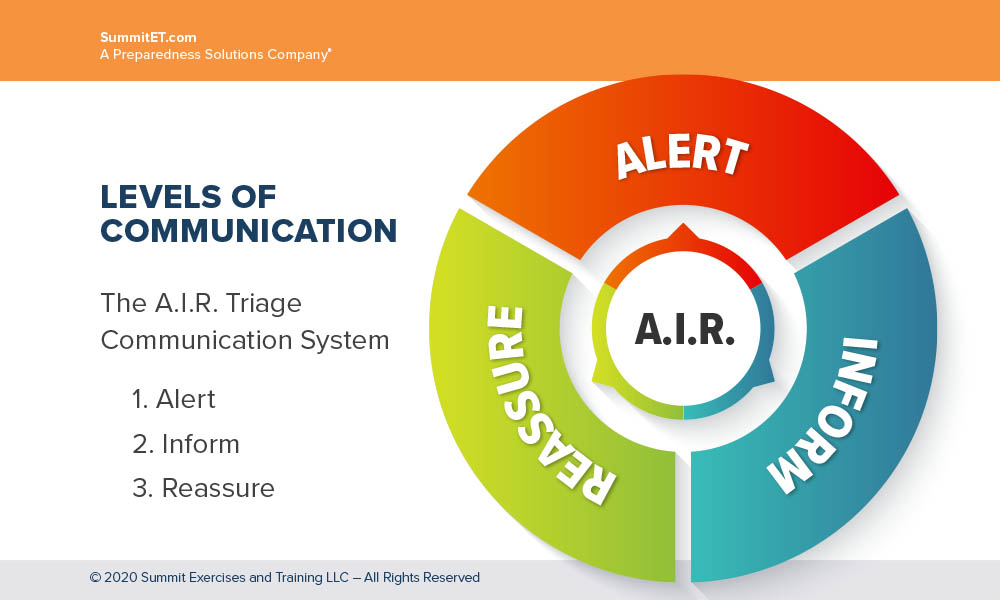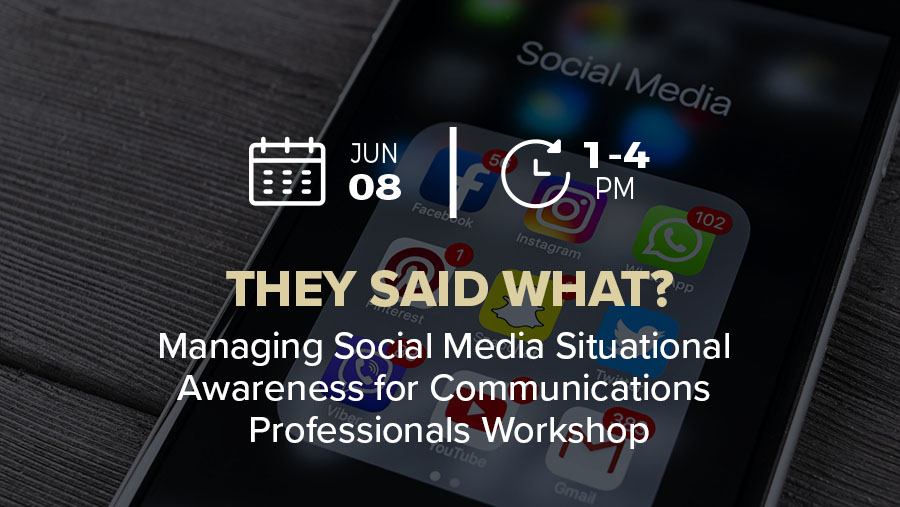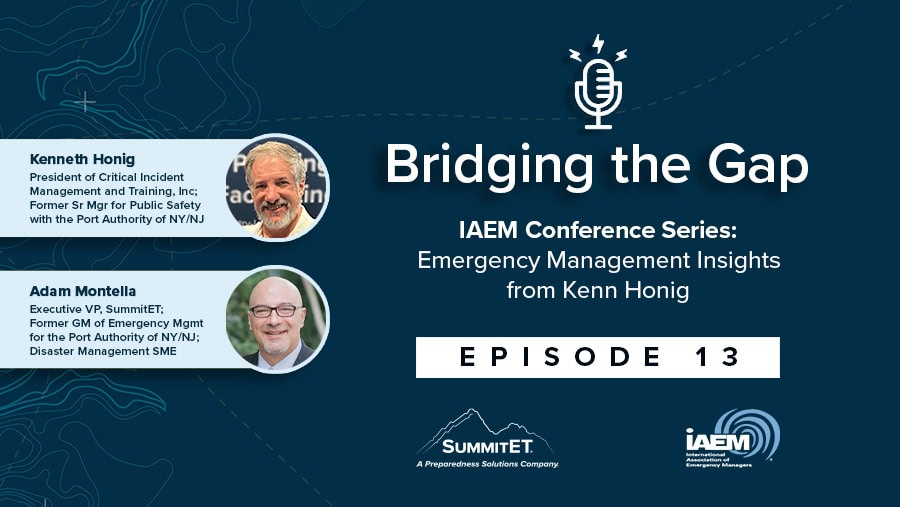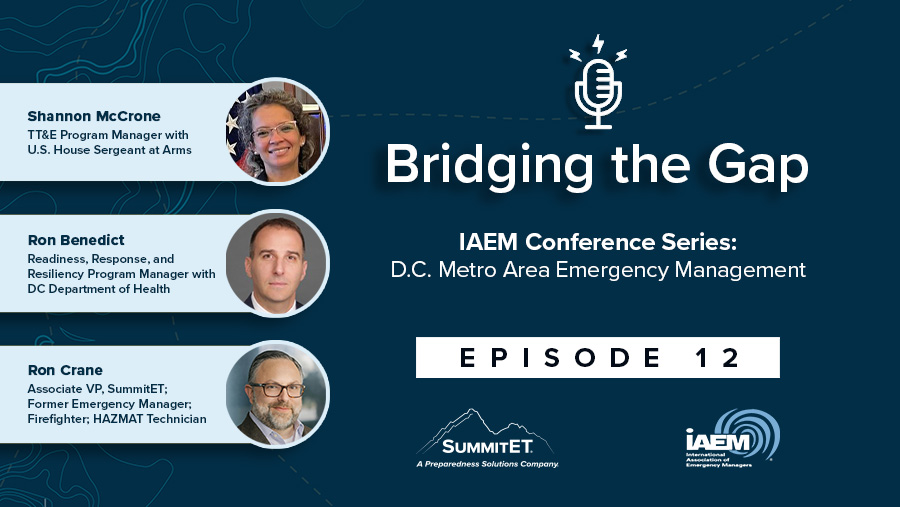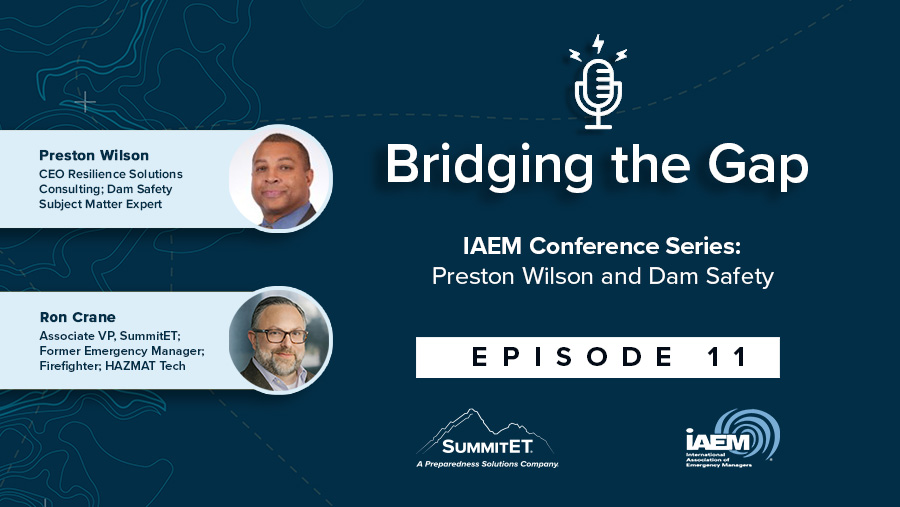Social media provides means to search for and solicit information for general and specific inquiries, verify information, and establish situational awareness to aid in decision-making. Many open-source tools feature searches based on a keyword, geographic location, or content, including trending topics, overall sentiment, and popular hashtags. Advanced tools offer additional search functionality such as paid-for third party monitoring platforms.
However, the first step to successful social listening and active monitoring is identifying information requirements to reduce excess social noise and maximize the amount of relevant information regarding your organization’s decision-making.
To facilitate decision-making, two kinds of information requirements organizations should consider are public perception information and operational information requirements.
Public Perception
Public perception information requirements focus on issues that could impact agency reputation and public reactions to the incident or event. These information requirements are typically broad in scope and address overall tone and sentiment of an incident or event.
Operational Information
Operational information requirements focus on real-time status reports. These requirements focus on providing specific details about the incident or event.
7 Steps to Monitoring Social Media
There are several steps for ensuring your organization is positioned well to monitor incidents and events, gauge the effectiveness of messaging, and adjust communication strategies to be most effective.
Step 1: Define an Objective
What are you monitoring? Do you want to see what a news organization is reporting about the incident or event? Are you looking to see what the public is saying so that you can join the conversation to bring more credibility to the message?
Step 2: Decide Where to Monitor
Where do you need to “hang out” digitally? Just like any outreach and marketing program, it’s driven by where your stakeholders convene. The notion of the social audience should reflect not only your established audience, but also potential partners, businesses and other organizations that depend upon your message. Ask yourself, where are my intended audience’s communication footprints?
Step 3: Decide What to Monitor
Recall that monitoring is keyword-based, and thus selection of the right keywords is important. At the very least, you should be tracking your organization name, programs and services, names of key staff members, industry keywords, and your tagline or most recent messaging efforts.
Step 4: Prioritize
Social media is vast. Conversations are happening across many channels and social networks all over the world. Your monitoring must be strategic. Using the triage A.I.R. method (below) across social media messages allows focus on what’s most important.
Step 5: Develop a Plan
A well-developed crisis communication plan is essential. It is also imperative to have a plan to engage with your stakeholders during routine situations. A social media plan and strategy can inform your outreach strategy regardless of the scenario you face.
Step 6: Listen First
As with any conversation, listen first. Before we open our digital mouths, we should listen and observe the culture of the online social community, the interactions between members, and how influence is expressed. Be quick to listen, careful to speak, and do not reply from your immediate emotional response. The community can be private or open, but regardless of where the community “resides” online, you need to get to know its members, stakeholders, and community norms.
Step 7: Build Relationships
Make sure the first time the public is hearing your message is not during a crisis or emergency. As you identify the circles of social media influence, begin forming relationships and building trust with the thought-leaders around you. Take a minute to identify influencers and figure out who is driving the conversations. Growing and nurturing these relationships are the art of any social effort. Comment on blogs, chat with them digitally, and get to know them personally and professionally. When you develop a voice, and become a resource for others, people will listen to you and spread your message based on your established relationships.
Virtual Workshop
Join our experts in this interactive virtual workshop and learn how to apply social media monitoring skills to your risk communication plan.

